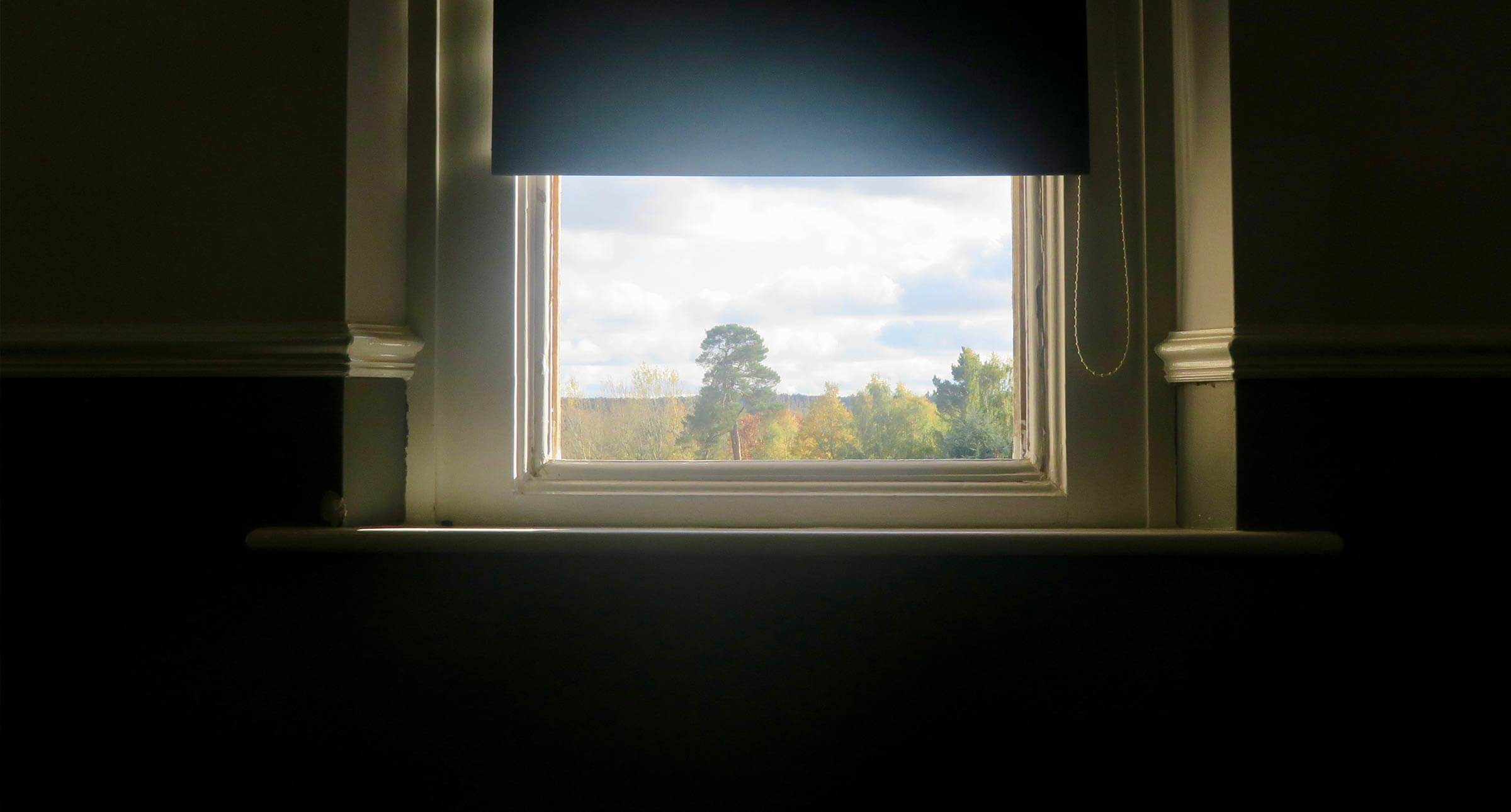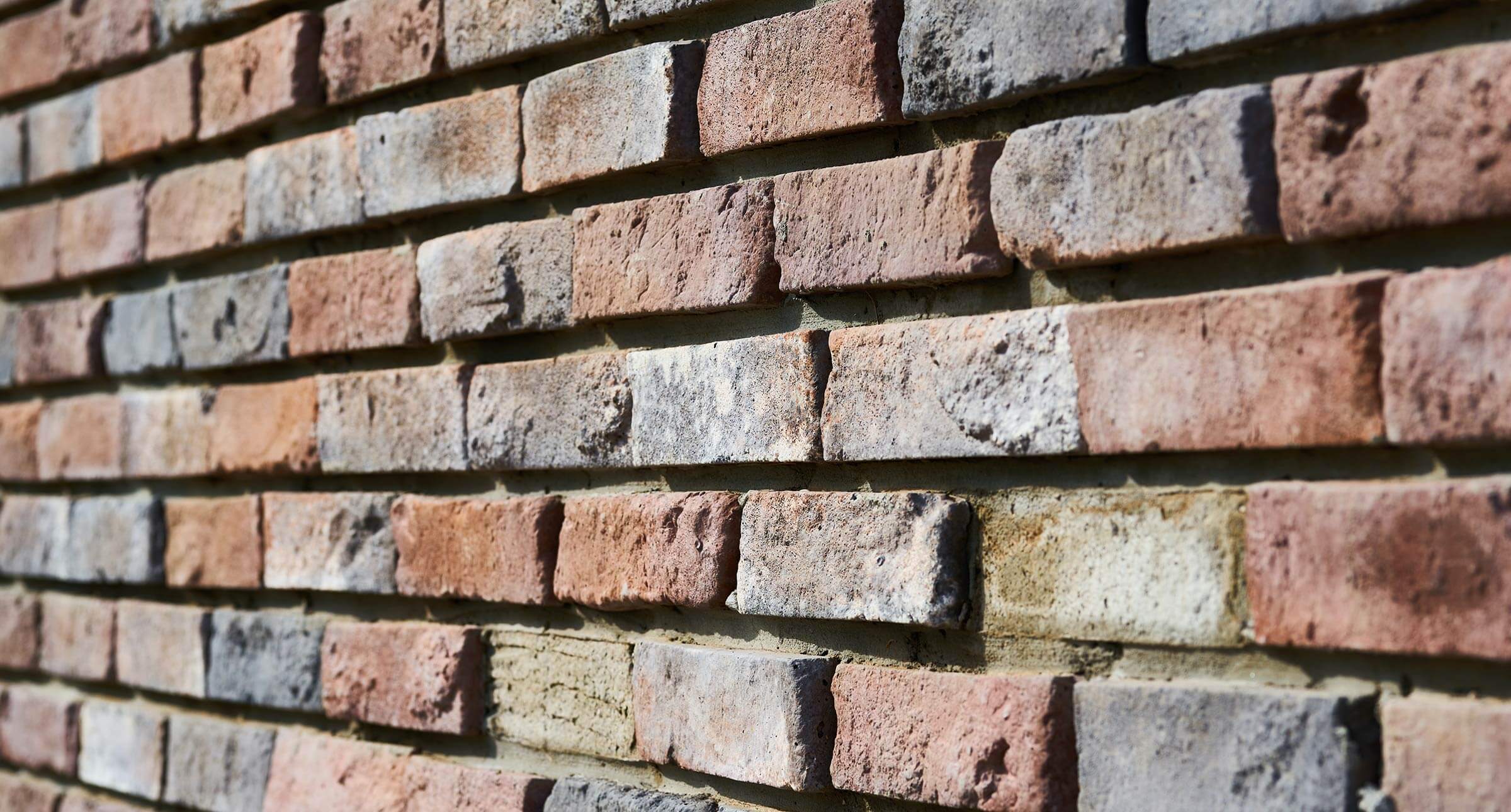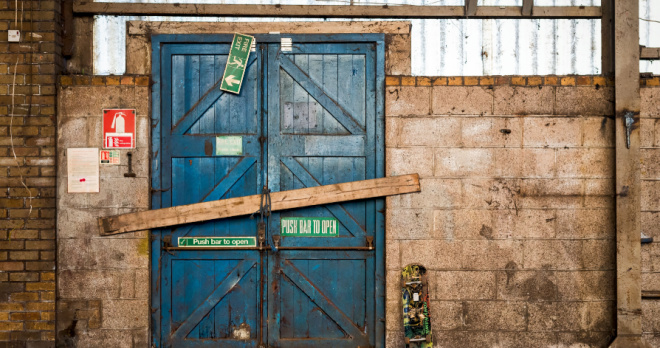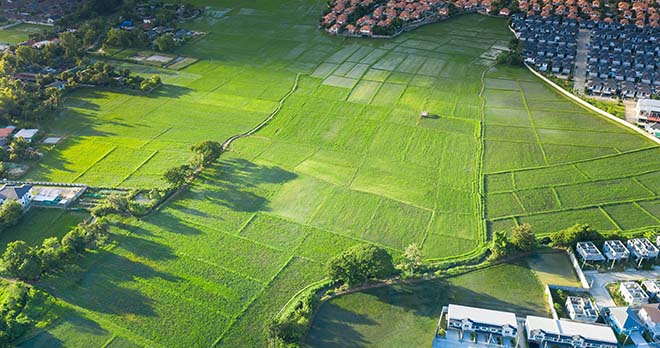What you might need to know about protecting village and town greens
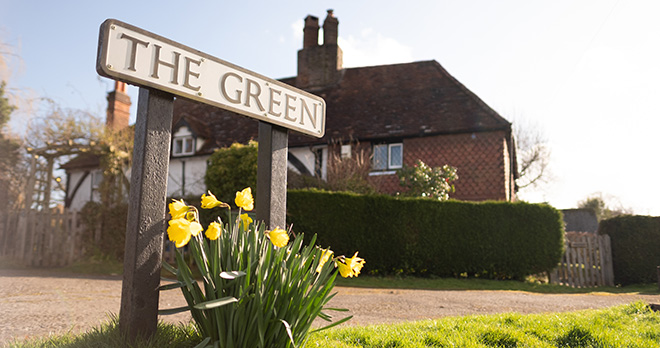
There are often questions about what constitutes common land, in particular ‘greens’, and what rights and protections there are over these parcels of land. Here, we hope to clarify the basics of ‘greens’ and what you might need to know about their protection.
What are ‘greens’?
A town or village green is an area of open space which has been used by the inhabitants of the town, village or parish, for the purposes of lawful sports and pastimes.
There is no legal distinction between town greens and village greens; it just depends on where they are situated, and they are commonly referred to as just ‘greens’.
You may also have heard of ‘commons’, made famous by the Wombles, but different types of rights attach to these.
How are village greens protected and managed?
The Commons Registration Act 1965 allowed for green rights to be claimed over land, provided the required legal tests were met. When the Act was brought in many authorities automatically registered greens but more recently it has become common for locals to apply themselves to register land as a green.
Greens are often owned and managed by local authorities. The local authority is under a duty to maintain the green by a scheme of regulation under the Commons Act 1899. The scheme may confer powers on the local authority to carry out improvements to the green, although in some cases the local authority may be required to obtain the consent of the Secretary of State before undertaking the works.
Works that do not need consent will usually include the following characteristics:
- are so small or of such short duration that they do not impede access;
- do not constitute a new impediment to access;
- facilitate access;
- are processes (rather than works) that do not need consent because they do not impede access.
It is important to understand that consent must be sought from the owner of the green before any work is done on a green. This can include planting. Under section 29 of the Commons Act 1876 ‘disturbing, occupying or interfering with the soil of a green’ can be considered a public nuisance. The owner could seek an injunction or an order for damages, if there has been a public nuisance.
How do you check if an area of land is a village green?
You can find out if an open, green space near you is registered by contacting your local council. It keeps the ‘Register of Common Land and Village Greens’ for your area.
If you have any questions about common land and village greens in your area, or if you there is an open space you want to see if you can protect by registering it, our Property Disputes team would be happy to discuss further with you.
Call now


